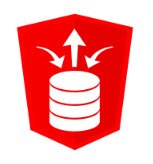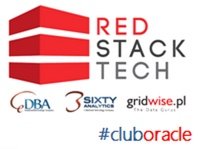 At Oracle OpenWorld 2014 I spoke about the existence of the Simple Oracle Document Access (SODA) functionality after a visit to the Demo Grounds. At that point I didn’t know it was called SODA though. I was hoping to get on the beta for the next release of ORDS, so I could try it out, but that never materialised and I promptly forgot about it… 🙂
At Oracle OpenWorld 2014 I spoke about the existence of the Simple Oracle Document Access (SODA) functionality after a visit to the Demo Grounds. At that point I didn’t know it was called SODA though. I was hoping to get on the beta for the next release of ORDS, so I could try it out, but that never materialised and I promptly forgot about it… 🙂
During my recent whistle-stop tour of ORDS, I was reminded of its existence again, so I’ve had a play with it. It was kind-of fun pretending I was a Javascript and MongoDB developer. 🙂
I guess the obvious questions is, “Why?”, and that is a tough one for me too.
I suppose for a company that is already an Oracle player who want document database functionality with a strong link to relational technologies it might make sense. SODA is all about JSON documents stored in the database and Oracle 12c comes with some pretty cool JSON support in the database. Transitioning between the two worlds is relatively easy in Oracle 12c.
The counter argument will be Oracle is really expensive and document databases are really cheap/free. There is also the performance aspect. Your typical NoSQL document store can pull numbers that will make Oracle weep, even if it can be akin to piping your data to “/dev/null”. 🙂 So why pay big bucks to turn Oracle into a slower version of something that’s free?
I honestly don’t know what the answer is, but I know I liked playing around with this stuff. Time will tell if it finds a niche.
Cheers
Tim…

 It’s that time again. Another year older and unfortunately not another year wiser. I still keep reliving those same mistakes again and again. I guess the old adage, “You can’t teach an old dog new tricks”, is true. 🙂
It’s that time again. Another year older and unfortunately not another year wiser. I still keep reliving those same mistakes again and again. I guess the old adage, “You can’t teach an old dog new tricks”, is true. 🙂